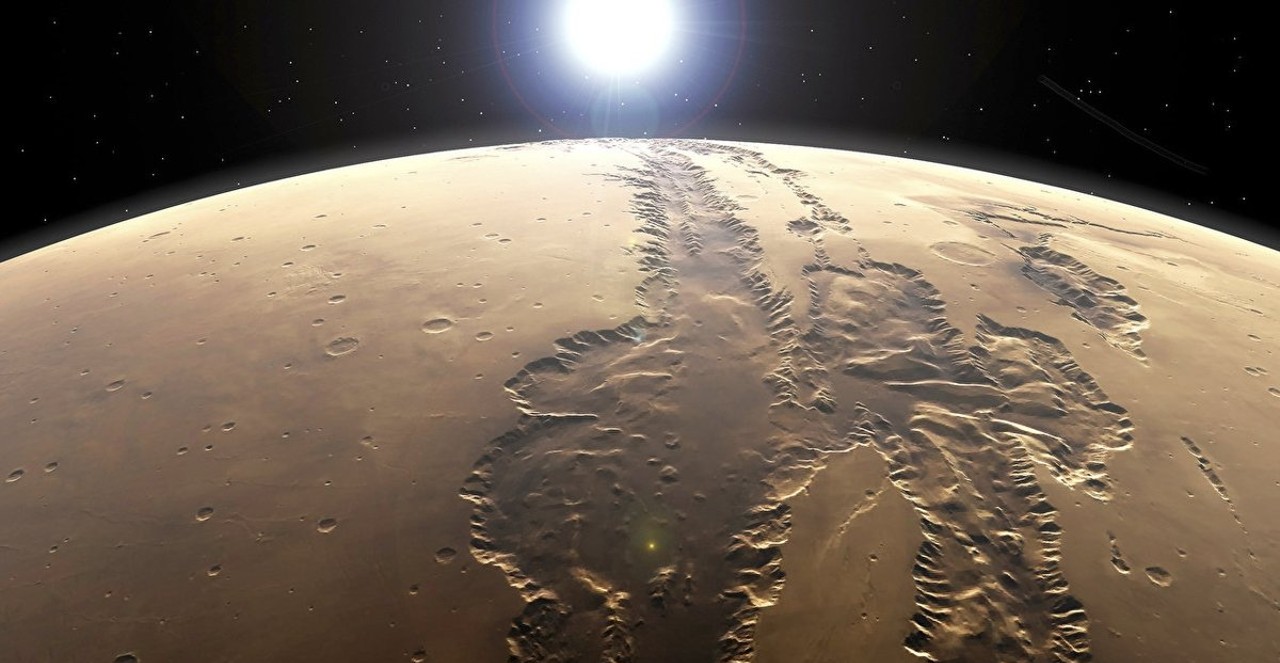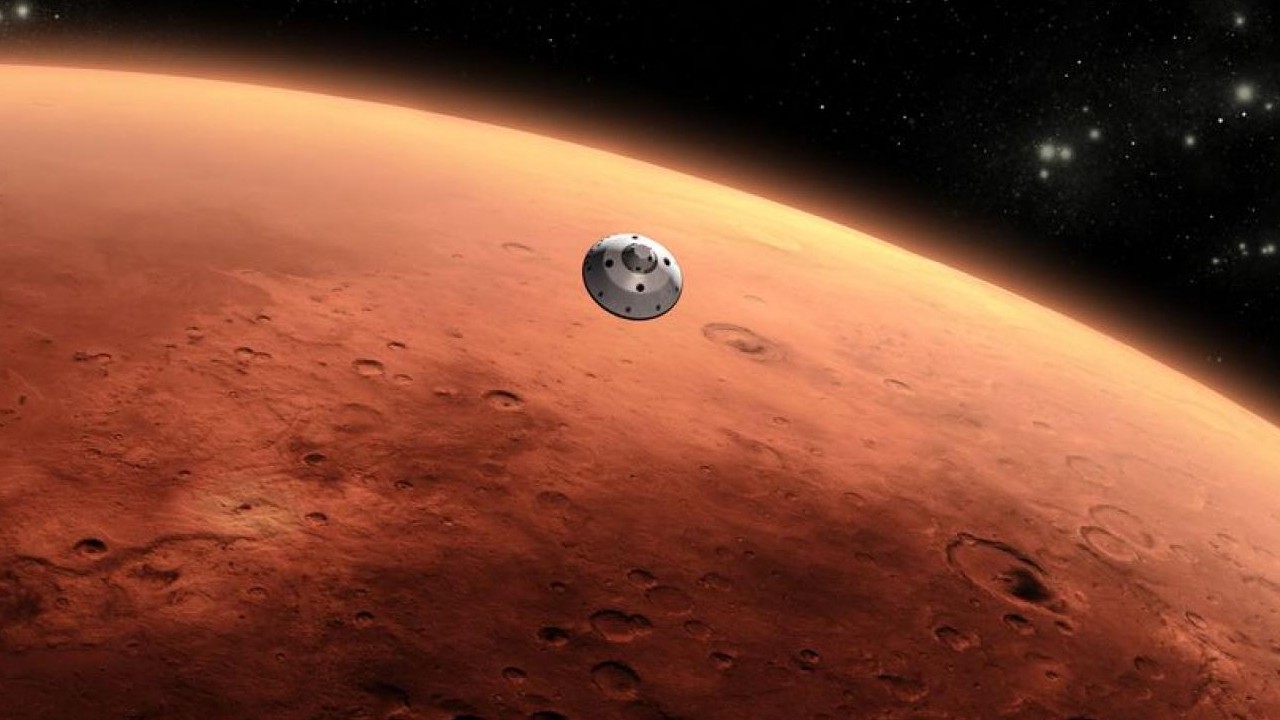The high radiation in the Martian atmosphere poses a great danger to the astronauts who will be sent to the planet. However, according to a new study, it may be possible to protect against these harmful effects.
As some of you may know, the upcoming manned landing on Mars within 10 years expected to happen. But before humanity sets foot on the surface of the Red Planet, scientists must answer many questions to ensure the safety of people sent to the planet. question exists.
One of the things that may pose a threat to humans on the surface of Mars is the amount of cosmic radiation raining on the planet and galactic cosmic light (GCR) particles stands out as. A newly published study suggests that it could protect against harmful radiation in the Martian atmosphere and could provide future protection for astronauts. construction materials offers a potential solution.
Protecting from harmful effects in the Martian atmosphere may be possible by going underground.
GCRs are mainly emitted from cosmic events such as supernovae, which mostly bounce off magnetic fields called the magnetosphere that come from outside the solar system and surround the Earth. ‘from every element’ It may be possible to define them as high-energy particles formed. Overexposure to GCR particles can cause many people to suffer from cancer, cataracts, and central nervous system damage. health problem can cause survival. The Red Planet’s lack of a magnetic field to prevent these particles from freely entering its atmosphere and reaching its surface is also extremely frustrating for the GCR. rich means it is.
According to the new study in question, the surface of Mars go deepcould be the key to protection from high radiation and GCR particles on the planet.
Accordingly, when the GCRs enter the atmosphere of Mars, which is mainly composed of carbon dioxide and nitrogen, they are very much ionized. they lose energy and this prevents these particles from reaching the surface. According to the study authors, this is largely dependent on the thickness of the atmosphere and the amount of atmospheric pressure applied to the surface. In short, according to the point where the thickness of the atmosphere is found on Mars, whose topography is as diverse as the Earth. can change and this is the amount of radiation reaching the surface. variability may cause it to show.
The thickness of the Martian atmosphere varies

On the other hand, the interaction between GCRs and the atmosphere secondary neutron particles They also discovered that it creates another type of harmful radiation called radiation. According to the research, greater atmospheric shielding means more damage to the Martian surface by secondary neutrons. little was causing it.
On top of that, the researchers set out to simulate GCR exposure on the planet’s surface and regolith to measure how deeply it penetrates surface dirt and rock, known as NASA’s curiosity They used radiation data collected by the rover and cutting-edge computer modeling called the Atmospheric Radiation Interaction Simulator (AtRIS).
As a result of their analysis, the effective radiation dose was found to be within about 30 centimeters of the regolith. to the top understood to be reached. Following this, the researchers determined that a regolith shield between 1 and 1.6 meters would be required for safe settlement on Mars. Regarding the subject, the authors of the study, “In a deep crater where the surface pressure is higher, the extra regolith protection required is a bit more is small“ used the phrases.
What does this research mean for Mars travel?

So why is this so important? Accordingly, understanding how Martian material is affected by GCRs and the role it plays in altering the radiation exposure of the planet’s atmosphere; in the future on Mars build a base It could be a very important step for you.
RELATED NEWS
‘Space Brick’ Made from Bacteria: Could Be Used to Build Houses on Mars
In their statement on the subject “It has long been argued that astronauts could use natural geological structures such as cave skylights or lava tubes as radiation shelters on Mars,” researchers, who recorded “Our work is in designing future Martian habitats using natural surface material as protective protection. to reduce radiation risks can serve.” He also draws attention to the importance of his research.
